- Established 1982 -HOME: www.hiltonpond.org
THIS WEEK at HILTON POND Installment #813 (BHBD)---Visitor # Subscribe for free to our award-winning nature newsletter (Back to Preceding Week; on to Next Week) |
LATE HUMMER, FAT HUMMER, On 4 September 2023 at Hilton Pond Center we trapped for banding an adult male Ruby-throated Hummingbird (RTHU). Adult males have been especially scarce this year at the Center, with this individual being just the 17th--compared to our 40-year average of 21 and an amazing high of 60 back in 2015. (NOTE: This year we also recaptured 19 adult males banded here in previous years.)
All text, maps, charts & photos © Hilton Pond Center It's also been unusual for us to capture a new adult male this late in the season. Since 1982 we've banded 32 on or after 4 September--just 4.6% of our 843 total adult males. Today's bird easily could be the last adult male ruby-throat of the year, although immatures of either sex may linger on until mid-October. As shown in our photo above, this latest hummer looked a little haggard--to be expected after a long, hard season of territorial defense and high-speed courtship. His gorget included feathers worn and splitting, and some appeared bronzy rather than ruby in color--the result of wear and solar fading. This male is undoubtedly headed toward the Neotropics where he'll replace nearly all his plumage, including his signature throat. All text, maps, charts & photos © Hilton Pond Center SCION OF "BIG FAT" On the morning of 7 September we were honored at Hilton Pond Center to host and capture for banding his royal rotundity Big Fat V, great-great grandson of the notorious Big Fat I (founder of SOHBIG--The Society for Obese Hummingbirds Bound for International Grounds). His Excellency Big Fat V comes from a long line of Ruby-throated Hummingbirds too big for their britches.
All text, maps, charts & photos © Hilton Pond Center It is difficult to convey in a photograph (above) the actual girth of Big Fat V--an immature male--but it was quite a strain on our hand muscles as we carefully extracted him from a mist net. Let's just say he FELT big, and WAS; he tipped the scales at 5.70 grams, nearly twice the estimated 3.0 grams he weighed before putting on bulk for his long migratory flight to the Neotropics. He seemed almost spherical and even his cheeks were fat--which showed off his first four metallic red gorget feathers quite nicely. In full disclosure, today's capture was NOT the most corpulent ruby-throat male we've encountered at Hilton Pond. Nay, that honor goes to his great-grandfather Big Fat II, who actually broke the scales at a massive 5.95 grams--nearly big enough to show up on radar as he cruised south. That bird was banded here almost exactly 20 years ago on 9 September 2003. Keep your eyes open for Big Fat V as he makes his way to ancestral non-breeding grounds in Central America. You will be able to recognize him flying over as he darkens the sky, and if he lands on your hummingbird feeder it will sway violently side to side. Our advice is to stand back as he takes off, lest you get sucked into a powerful vortex in his wake. Safe travels, O Portly Royal Hummer. See you next year when you've slimmed down a bit. DISCLAIMER: The comments above should in no way be misconstrued as fat-shaming an obese hyperphagic Ruby-throated Hummingbird preparing himself for the arduous migratory trip ahead. All text, maps, charts & photos © Hilton Pond Center FIRST CONFIRMED FALL MIGRANT During the first half of September 2023 at Hilton Pond Center we banded--among others--quite a few Ruby-throated Hummingbirds, a couple of White-eyed Vireos, two Hooded Warblers, an Ovenbird, and a Northern Parula. Any or all these could be migratory birds heading south to the Neotropics, but all might just as easily be resident birds since all have locally bred (or could have). On 8 September, however, we captured a species we can say is our first for-certain pass-through fall migrant of the year--a plump Northern Waterthrush (NOWA, below) loaded with yellow fat.
All text, maps, charts & photos © Hilton Pond Center Unlike the closely related Louisiana Waterthrush (LOWA) that nests on-site, NOWA for the most part breed further north, overlapping little with LOWA. Specifically, NOWA nest at higher elevations of West Virginia north to New England and across southern Canada to Alaska. Eastern-nesting LOWA stay south of Maine and the Great Lakes States and are more common in the Southeast.
All text, maps, charts & photos © Hilton Pond Center These two brown-streaked waterthrushes are similar in appearance, the NOWA tending to be more yellow and with a buffy superciliary line plus throat streaking (see photos above). LOWA (below) are a bit larger and stockier with a wider white superciliary and usually a clear throat. Both species forage primarily on the ground for invertebrates and bob their tails while walking.
All text, maps, charts & photos © Hilton Pond Center Louisiana Waterthrushes are among our first warblers to arrive in spring and are first to depart at summer's end; we've never had one at Hilton Pond after 20 August. On the other hand, this year's Northern Waterthrush on 8 September was our second-earliest of its species and quite a bit later than our record early banding on 2 August 1990; our latest NOWA was on 29 September 1984. This most recent Northern Waterthrush capture confirms without doubt that annual fall migration was underway at the Center in early September. Who knows which migrant species each day might bring this month and next. All text, maps, charts & photos © Hilton Pond Center AN ARTSY MUSHROOM We didn't identify this tiny one-inch diameter mushroom button just opening but include it below for aesthetic reasons. Sometimes it's rewarding just to gaze at nature without having to apply a category or name. (Even so, if you have an I.D. for it, please let us know at INFO.)
All text, maps, charts & photos © Hilton Pond Center AN UNEXPECTED ARACHNID Nature is where you find it, sometimes in unnatural and unexpected places. Such was the case this week at the Culp Dental offices in Rock Hill SC.
All text, maps, charts & photos © Hilton Pond Center When we entered the office of Wendy, our dental hygienist, we noticed a window shade was drawn to keep the bright morning sun from blinding her as she conducted our semi-annual tooth cleaning. Silhouetted on the translucent shade was the unmistakable shadow of a large spider and her stabilimentum--a thick mass of silk likely at the center of her circular web. We were pretty sure we could identify this spider even to species and asked Wendy to open the shade for a better view.
All text, maps, charts & photos © Hilton Pond Center Sure enough, as the shade went up we were treated to a close look through the glass of a fully grown Black-and-yellow Argiope, Argiope aurantia, sometimes called a "writing spider" because the stabilimentum fancifully includes letters and words that spell doom and/or misfortune. As its name suggests, however, this structure serves to stabilize this big orb-weaving spider's enormous web while also providing a hiding space as she hangs head down. Some arachnologists suggest the stabilimentum keeps birds from flying through the web, requiring frequent re-building by the spider. (NOTE 1: It's worth mentioning larger members of the Orbweaver Family--Araneidae--have been known to snare hummingbirds and have them for lunch. Same for hapless small bats, lizards, and frogs and a multitude of insects that make up the spider's more usual fare.)
All text, maps, charts & photos © Hilton Pond Center In the enlarged image above, it's easy to see the Black-and-yellow Argiope's eight striped legs and her pedipalps--two smaller leg-like appendages that help manipulate food into her mouth. Also visible is her cepahlothorax--a fusion of head and thoracic region--plus her enormous abdomen which will swell even further as eggs develop therein. Come late summer a single female Argiope may lay several silk-covered egg cases, each producing up to a few hundred spiderlings. Although male Black-and-yellow Argiopes usually die shortly after mating, females are long-lived; some even make it through the winter to survive for a second year of reproduction. (NOTE 2: On the tips of the two forelegs in the photo above you can see tiny tarsal hooks. These allow the spider to manipulate silk strands and to traverse the web without herself getting stuck in the web.) Thanks to our favorite dental hygienist Wendy Howell for being equally enthralled with the window spider and for not demanding the maintenance folks tear down the web. The spider caused no problems and undoubtedly provided plenty of conversational fodder for dental patients throughout the first half of September. All text, maps, charts & photos © Hilton Pond Center ORDER OF THE PALMETTO, PART 1 Allow us a personal note about Dr. Bill Hilton Jr., executive director of Hilton Pond Center for Piedmont Natural History: At his surprise 77th birthday on 15 September 2023, Bill was enthusiastically informed by South Carolina state senator Mike Fanning (at right in photo below) that in October Bill would receive an award from the Governor recognizing his lifetime of work in science education, natural history research, and environmental conservation. In preliminary recognition, Sen. Fanning presented Bill with a sealed and signed document (below) from the S.C. Senate stating:
All text, maps, charts & photos © Hilton Pond Center We were more than a little surprised and were indeed honored by to learn of the award. We look forward to meeting the Governor on 3 October at the statehouse in Columbia. All text, maps, charts & photos © Hilton Pond Center HILTON POND SUNSETS "Never trust a person too lazy to get up for sunrise
Sunset over Hilton Pond, 08 September 2023 After numerous early September days of either clear skies or complete cloud cover, on the 8th we finally got this
Sunset over Hilton Pond, 11 September 2023 A few wispy clouds hung on at dusk and disappeared shortly thereafter on the 11th--but not before we snapped this photo. All text, maps, charts & photos © Hilton Pond Center Don't forget to scroll down for lists of Hilton Pond supporters and of all birds banded and recaptured during the period. Photoshop image post-processing for this page employs |
|---|
|
"This Week at Hilton Pond" is written and photographed by Dr. Bill Hilton Jr., executive director of Hilton Pond Center for Piedmont Natural History
|
|
|
Please refer "This Week at Hilton Pond" to others by clicking on this button: |
|



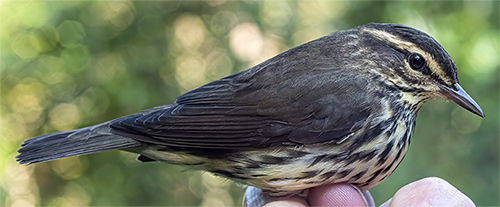
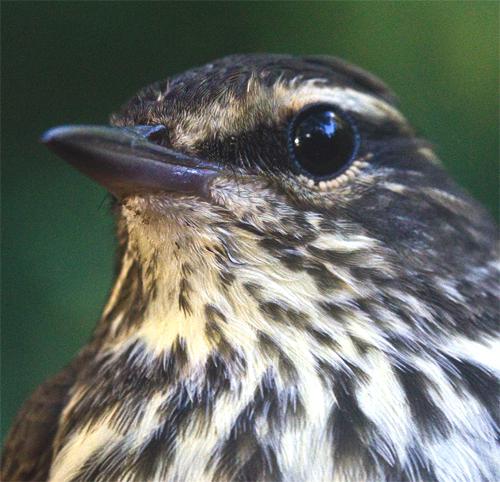
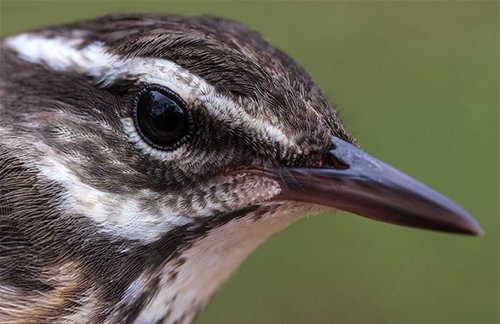
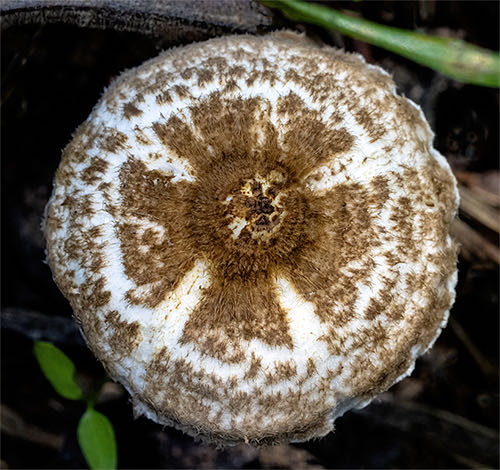
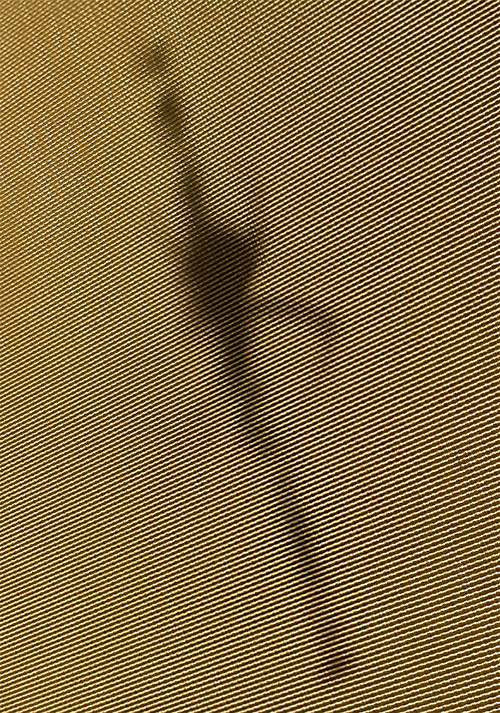
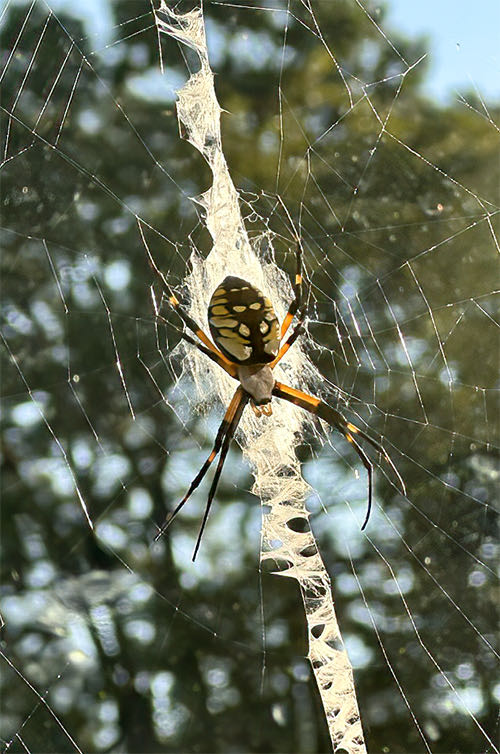
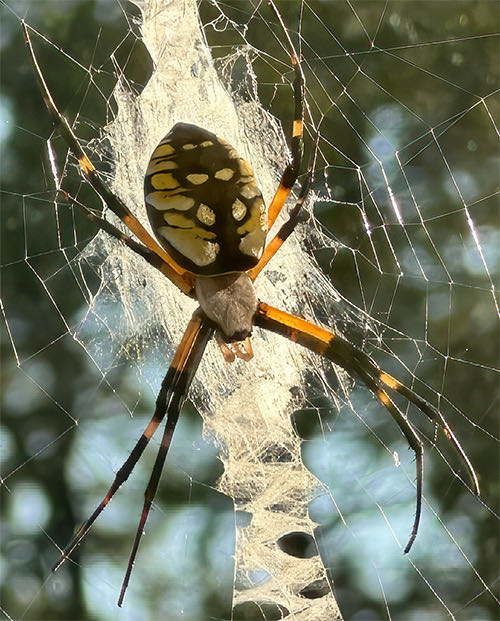
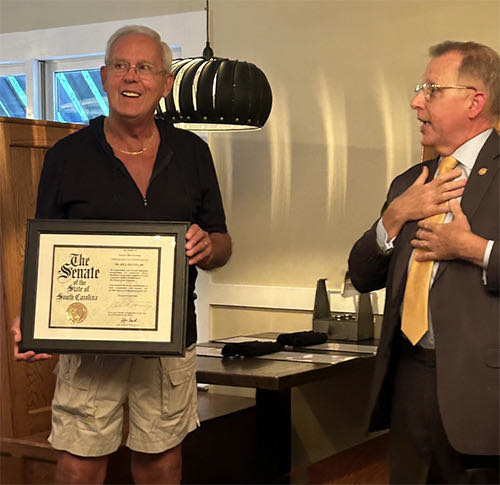
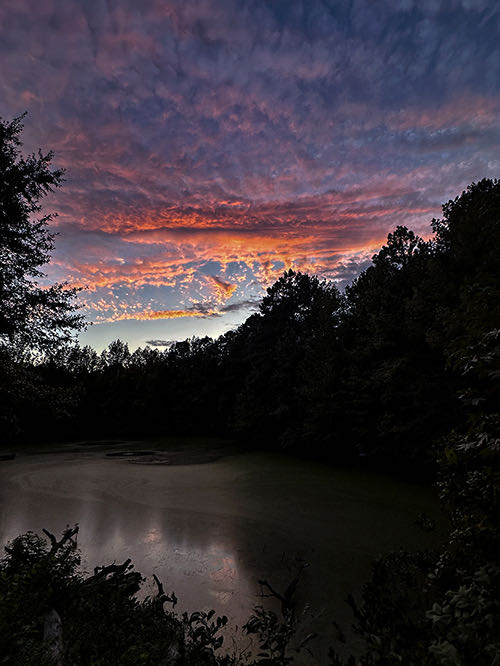










 Please report your spring, summer &
Please report your spring, summer &